freestanding gas stove flaming out- vent problem?
pooper
16 years ago
Related Stories
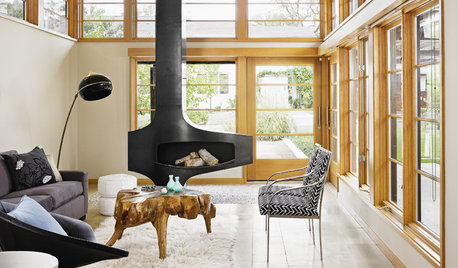
FIREPLACES8 Fantastic Freestanding Fireplaces to Warm Any Room
Free up your room's design and lighten the load on your budget with a freestanding fireplace in a style to suit your taste
Full Story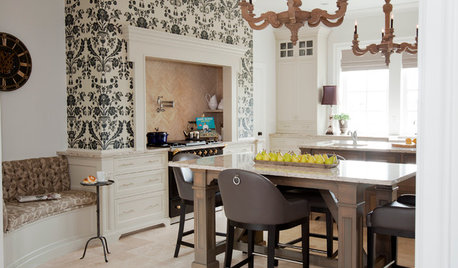
KITCHEN DESIGNKitchen of the Week: Updated French Country Style Centered on a Stove
What to do when you've got a beautiful Lacanche range? Make it the star of your kitchen renovation, for starters
Full Story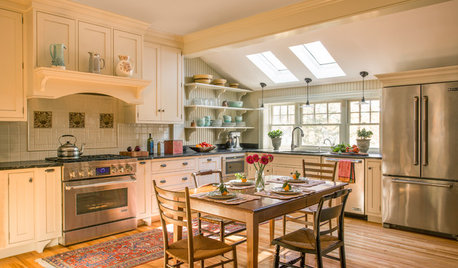
MOST POPULARKitchen of the Week: Swapping Out the 1980s for the 1890s
Beadboard-backed open shelves, a hearth-style stove surround and a roomy table are highlights of this Massachusetts kitchen
Full Story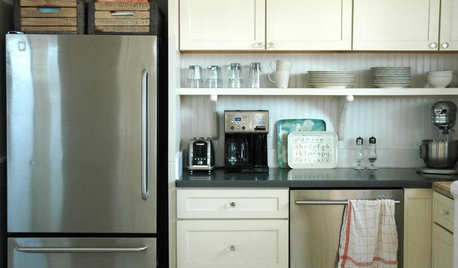
KITCHEN DESIGNTrick Out Your Kitchen Backsplash for Storage and More
Free up countertop space and keep often-used items handy by making your backsplash more resourceful
Full Story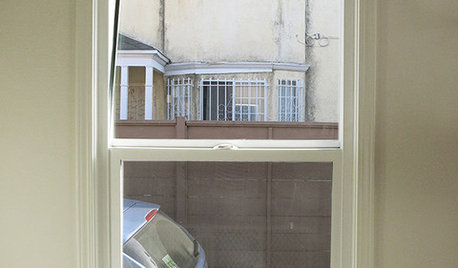
WINDOW TREATMENTS6 Ways to Deal With a Bad View Out the Window
You can come out from behind the closed curtains now. These strategies let in the light while blocking the ugly
Full Story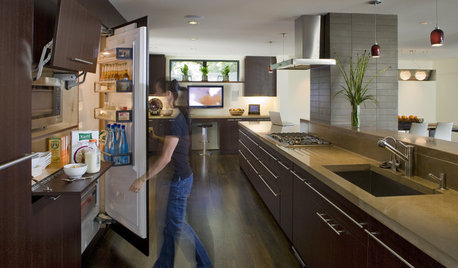
HOUSEKEEPINGHow to Clean Your Fridge, Inside and Out
Keep your refrigerator clean and fresh, while you gain storage space and lose those ‘UFOs’
Full Story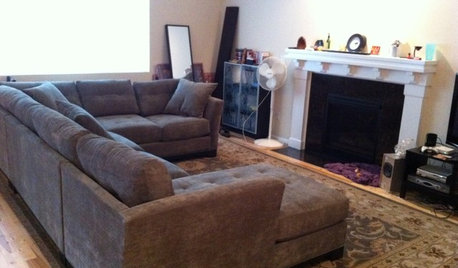
LIVING ROOMSWashed Out to Knockout — See a Smart Living Room Makeover
Soaring stonework and nifty custom storage take a spacious living room in Washington from bland to beautiful
Full Story
LIVING ROOMSHow to Convert Your Wood-Burning Fireplace
Learn about inserts and other options for switching your fireplace from wood to gas or electric
Full Story
FIREPLACESRibbons of Fire: 10 Artfully Minimalist Fireplaces
Long and lean and sleek to the core, these gas-burning fireplaces make a powerful contemporary statement
Full Story
KITCHEN APPLIANCESFind the Right Cooktop for Your Kitchen
For a kitchen setup with sizzle, deciding between gas and electric is only the first hurdle. This guide can help
Full Story





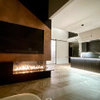
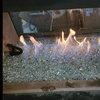
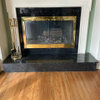
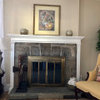

SeattlePioneer
pooperOriginal Author
Related Professionals
Madison Fireplaces · Ashwaubenon Interior Designers & Decorators · American Canyon General Contractors · Banning General Contractors · Clarksville General Contractors · Duncanville General Contractors · Florham Park General Contractors · Leominster General Contractors · Maple Heights General Contractors · Markham General Contractors · Millbrae General Contractors · Orangevale General Contractors · Pasadena General Contractors · Stoughton General Contractors · Wolf Trap General ContractorspooperOriginal Author
SeattlePioneer
jca1
jca1
pooperOriginal Author
jca1
pooperOriginal Author
jca1
pooperOriginal Author
marcus46
aquilachrysaetos
Robert Truelson